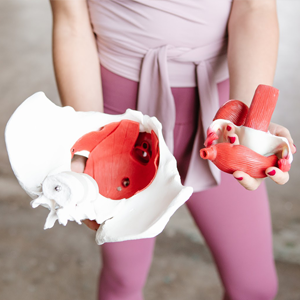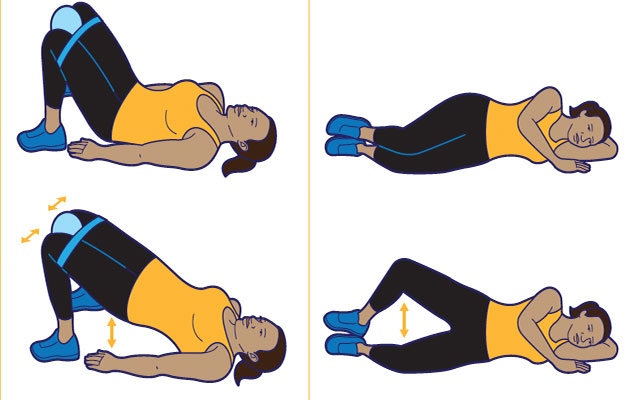What is pelvic floor muscles and function?
The pelvic floor muscles are a group of muscles, ligaments, and fascia that support the pelvic organs including the bladder, urethra, vagina, uterus, bowel (large intestine), rectum, and anus [1]. They form a basin-shaped muscular diaphragm that helps to support the visceral contents of the pelvis [2]. The pelvic floor is a funnel-shaped structure that attaches to the walls of the lesser pelvis, separating the pelvic cavity from the perineum inferiorly (region which includes the genitalia and anus) [3]. The pelvic floor muscles are responsible for several important functions, including controlling urination, bowel movements, and passing gas. They also aid in blood flow and vaginal contractions during sex and orgasm, support vaginal delivery during childbirth, and provide pelvic organ support [1][5][6].
However, if the pelvic floor muscles do not function correctly, pelvic floor dysfunction can occur. Symptoms of pelvic floor dysfunction include constipation, straining to defecate, urine or stool leakage, and frequent urination. Treatments for pelvic floor dysfunction include biofeedback, pelvic floor physical therapy, and medications [4]. Pelvic floor physical therapy involves physical methods of strengthening and/or relaxing the muscles of the pelvic floor to improve core stability and control over urination, bowel movements, and sexual function [7]. Exercises to strengthen the pelvic floor muscles include pelvic floor squeezes, side-lying leg lifts, and conscious squeezing and relaxing of the pelvic floor muscles [8][10]. It is essential to have a proper pelvic floor contraction that incorporates both a squeeze and a lift without contraction of other muscles such as the adductors and glutes [5]. The pelvic floor muscles are a vital part of the body's core musculature, working together with the diaphragm to provide support, control, sexual function, and stability to the pelvis and spine [9].


































